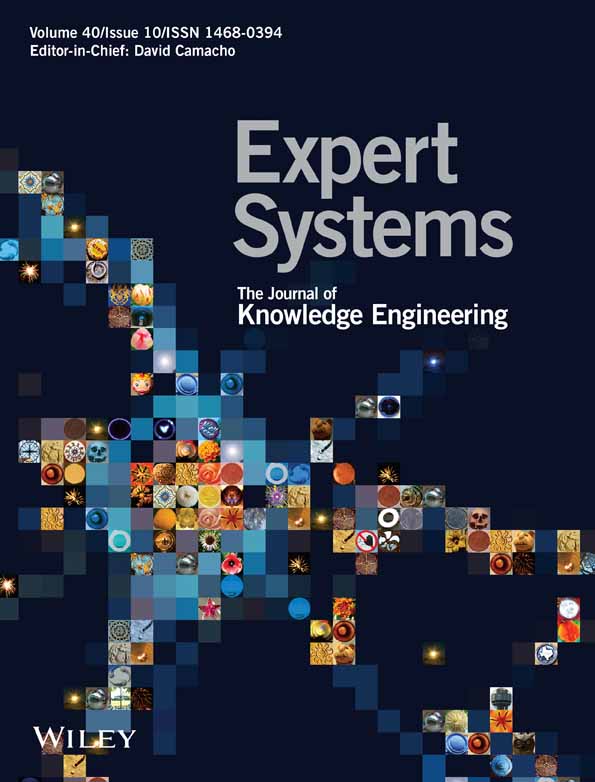An empirical study of learning-to-rank for spare parts consumption in the repair process
Abstract
The repair process of devices is an important part of the business of many original equipment manufacturers. The consumption of spare parts, during the repair process, is driven by the defects found during inspection of the devices, and these parts are a big part of the costs in the repair process. In previous work, we proposed a data-driven method for Supply Chain Control Tower solutions to provide support for the automatic check of spare parts consumption in the repair process. In this article, we continue our investigation of a multi-label classification problem and explore alternatives in the learning-to-rank approach, where we simulate the passage of time using more data while training and comparing hundreds of Machine Learning models to provide an automatic check in the consumption of spare parts. We investigate the effects of different train set sizes, retraining intervals, models and hyper-parameter search using Bayesian Optimization. We define a custom metric, the Ratio of Marked Parts, measuring how many spare parts are marked for revision at the end of the repair process. The results show that we were able to improve the trained models and achieve a higher mean NDCG@20 score of 86% when ranking the expected parts. While focusing on the most recent data, we achieved a NDCG@20 score of 90% and obtained a Ratio of Marked Parts of just 4% of the consumed parts for use in alert generation.
Open Research
DATA AVAILABILITY STATEMENT
Research data are not shared.




